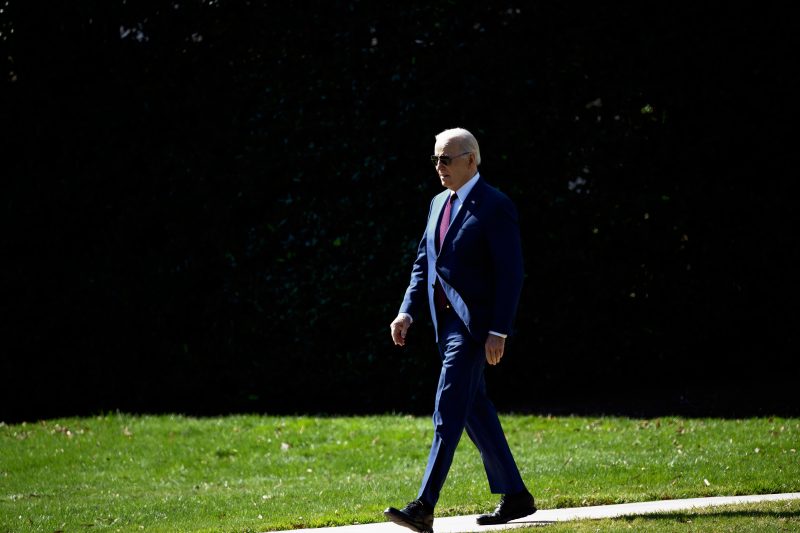In recent times, the global economic landscape has experienced unprecedented challenges, with inflation emerging as a significant concern for policymakers and citizens alike. The confluence of various factors has fueled inflationary pressures, leading to rising prices across sectors and regions. The administration led by President Joe Biden is facing a daunting task of navigating these turbulent economic waters, as inflation threatens to erode the purchasing power of consumers and businesses.
One of the key drivers of the current inflationary environment is the supply chain disruptions that have reverberated across the global economy. The COVID-19 pandemic, with its cascading effects on production and logistics, has exposed vulnerabilities in the intricate web of supply chains that underpin modern economies. From semiconductor shortages affecting the automotive industry to bottlenecks at ports disrupting the flow of goods, these disruptions have contributed to shortages and price increases in a wide range of products.
Furthermore, the unprecedented levels of fiscal and monetary stimulus unleashed in response to the pandemic have injected vast amounts of liquidity into the economy, further exacerbating inflationary pressures. The Federal Reserve’s accommodative monetary policy stance, with near-zero interest rates and ongoing asset purchases, has provided a supportive backdrop for economic recovery but has also stoked fears of overheating and inflation.
While inflation can be a sign of a robust economic recovery, sustained high inflation rates can have detrimental effects on consumers, particularly those on fixed incomes or with limited financial resources. The rising prices of essential goods and services, such as food, fuel, and housing, can squeeze household budgets and reduce overall purchasing power. Moreover, businesses may face higher input costs, leading to lower profit margins and potential layoffs or wage stagnation.
President Biden and his administration are confronted with the daunting task of addressing inflation while fostering economic growth and job creation. Policymakers must strike a delicate balance between supporting the recovery and curbing inflationary pressures, a task made even more challenging by the uncertain trajectory of the pandemic and geopolitical tensions. Targeted measures to alleviate supply chain disruptions, boost productivity, and address bottlenecks in critical sectors can help mitigate inflationary pressures in the short term.
Moreover, a transparent and proactive communication strategy from the Federal Reserve and other policymakers can help manage inflation expectations and anchor long-term inflation dynamics. Clear guidance on the future path of monetary policy and a commitment to price stability can provide businesses and consumers with confidence in the economic outlook, thereby dampening speculative behavior and unwarranted price increases.
In conclusion, the current inflationary environment presents a formidable challenge for the Biden administration and policymakers worldwide. Navigating the complexities of supply chain disruptions, fiscal stimulus, and monetary policy will require a multi-faceted approach that balances the imperatives of economic recovery and price stability. By implementing targeted measures to address supply chain bottlenecks and communicating effectively with stakeholders, policymakers can help mitigate the impact of inflation on households and businesses, fostering a sustainable and inclusive economic recovery.

